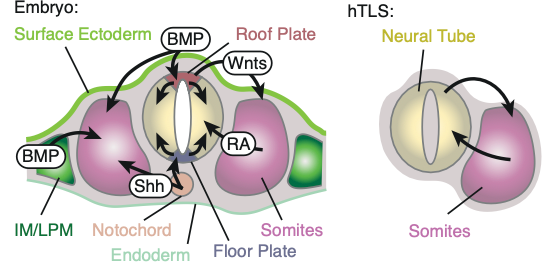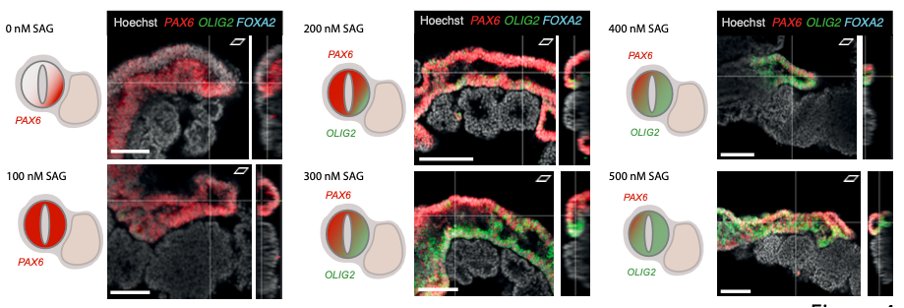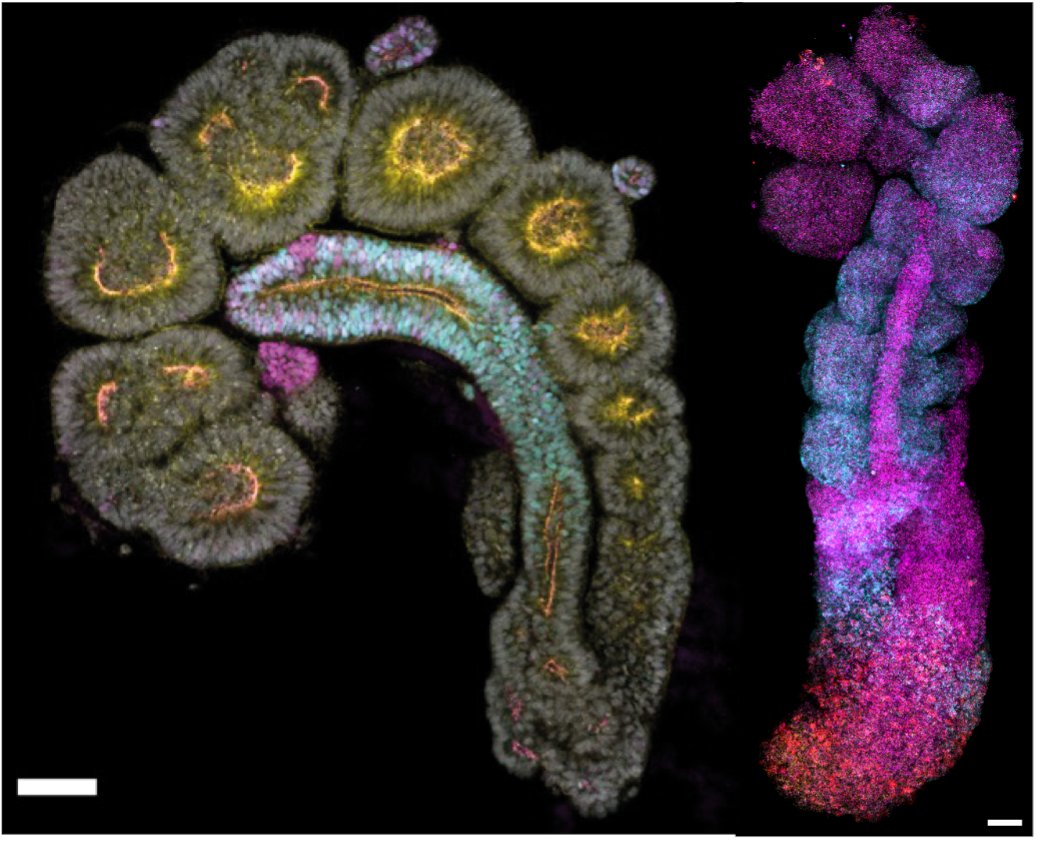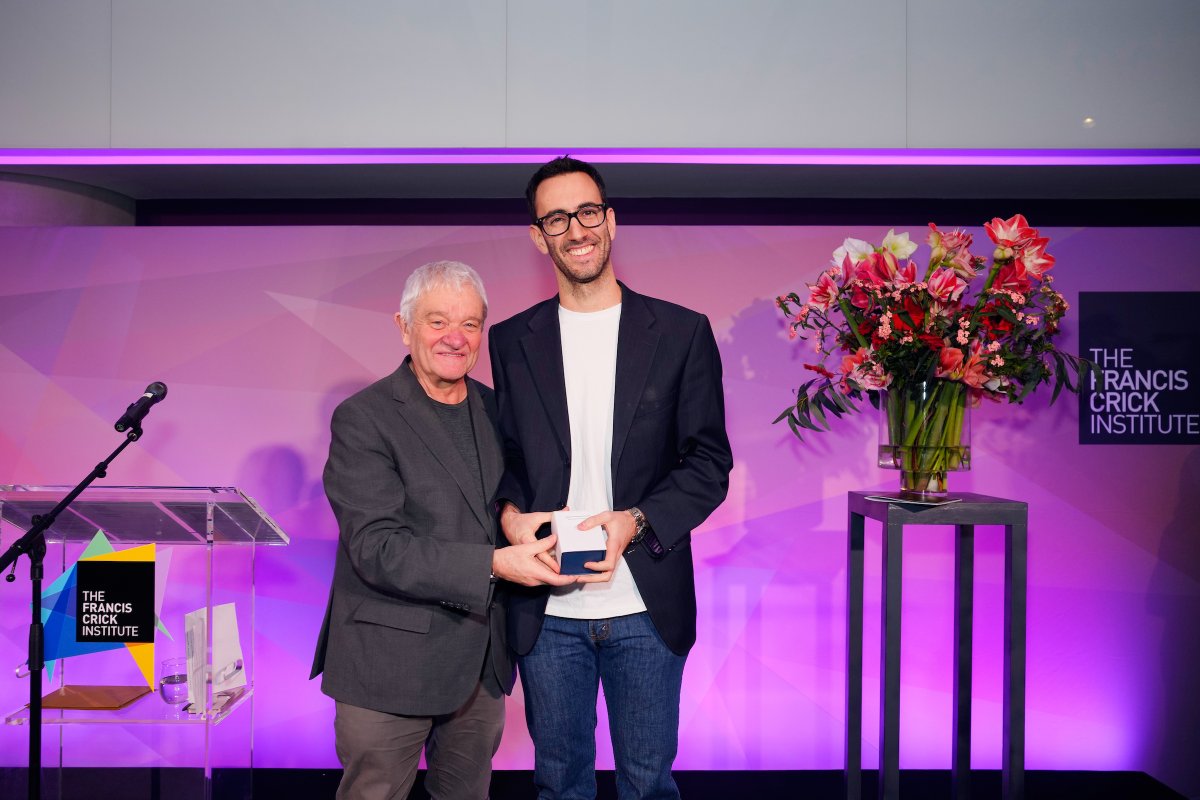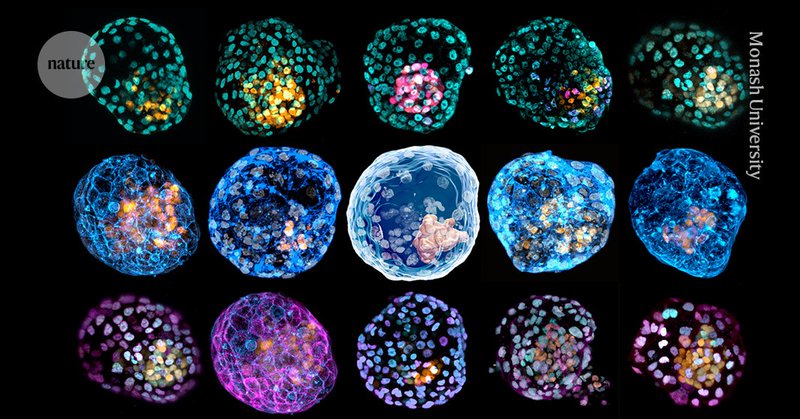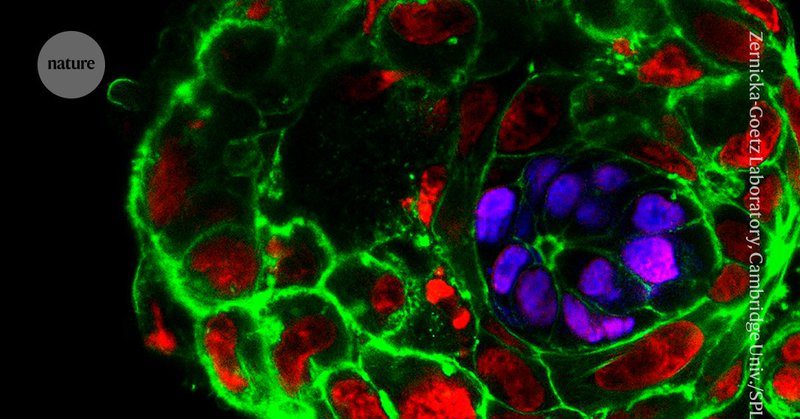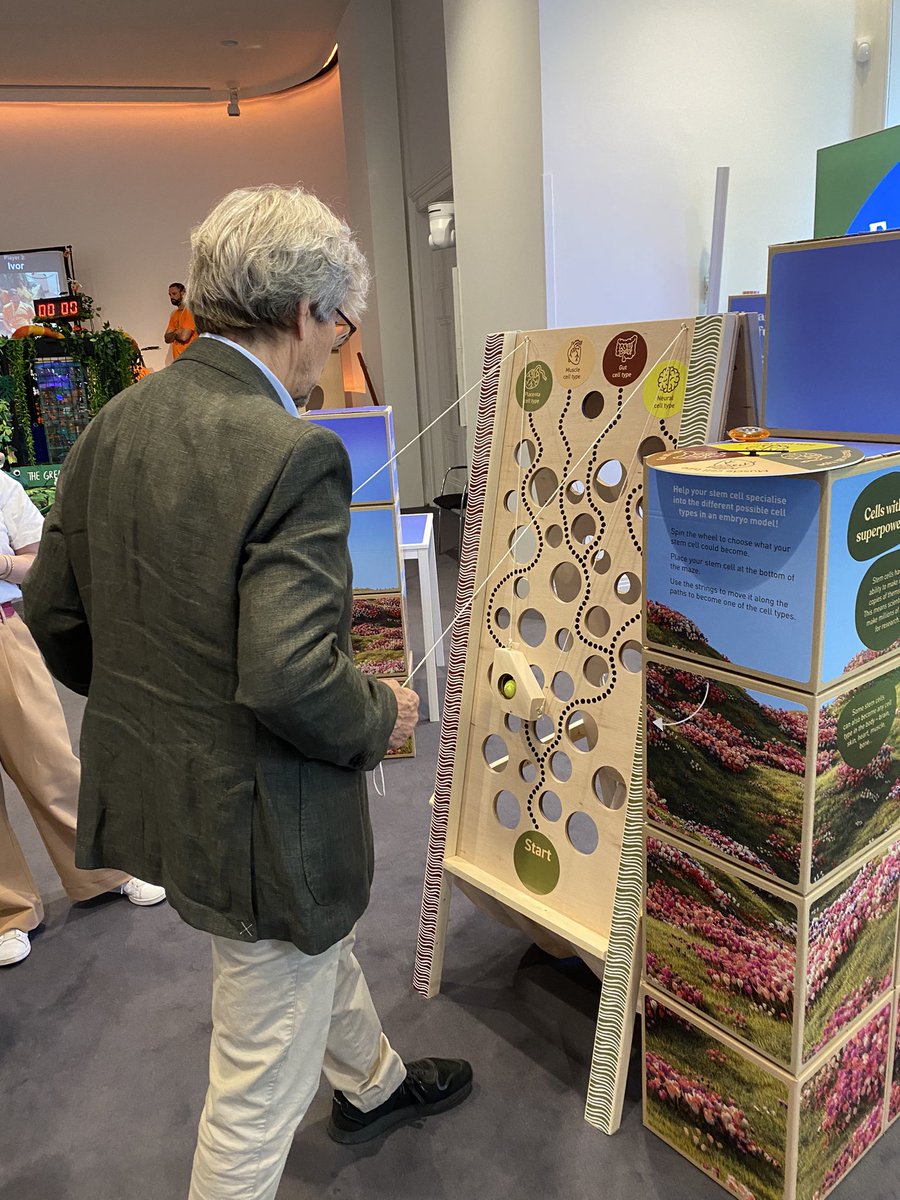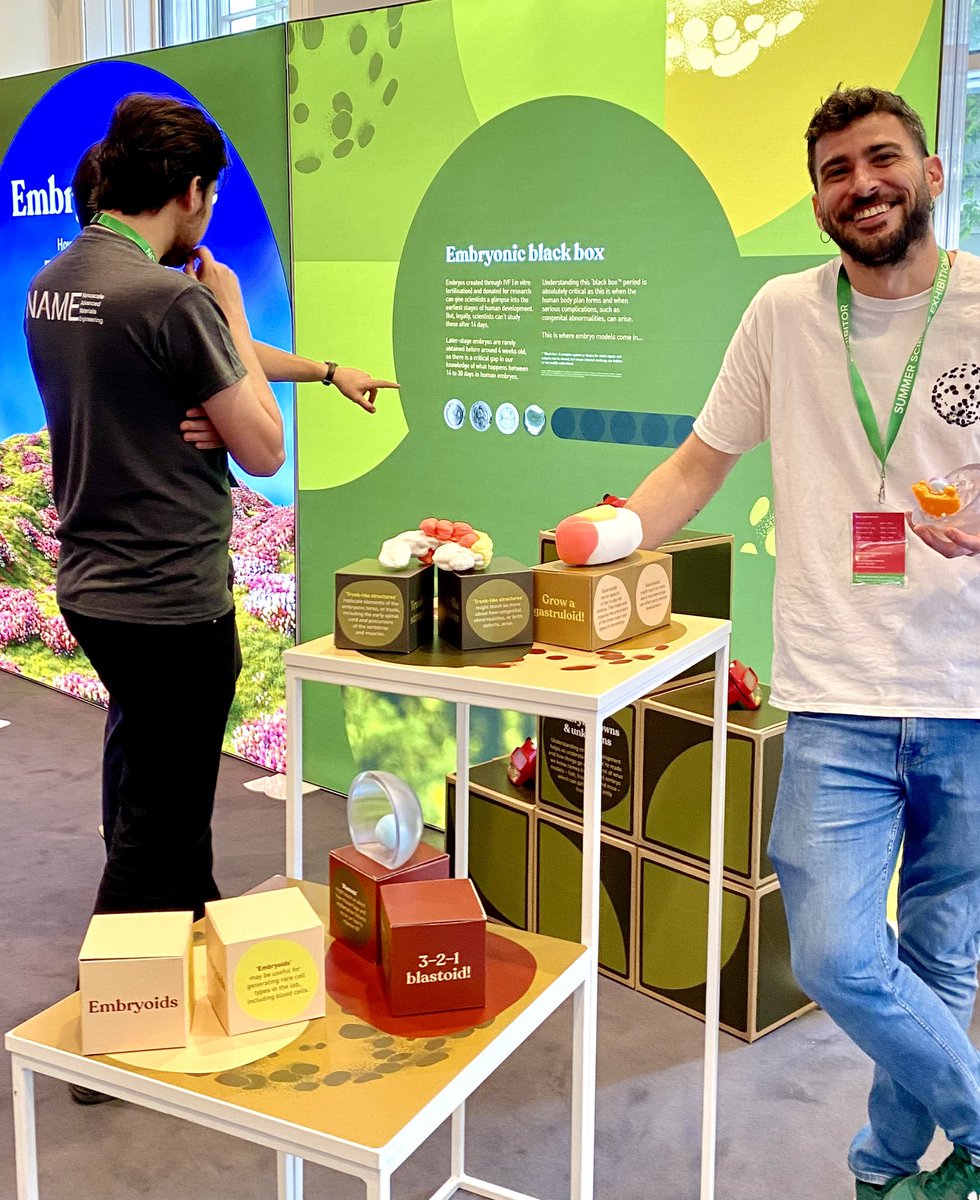
Dr Naomi Moris
@nmoris
Followers
3K
Following
709
Media
78
Statuses
395
Group Leader @theCrick 🧬 Studying human gastruloids and extended models to understand embryo development (she/her)
London
Joined October 2009
🧫Looking for a PhD to start Autumn 2025? We're recruiting! 🧪. The project will focus on using #embryomodels to explore #development & could cover a range of specific questions. Please RT! 🙏. Apply via the portal, and get more details here:
6
62
204
Incredibly proud of Jesús from the lab for this stellar achievement! ☺️ Doing good science is not just done with a pipette, it also involves engaging with the various contextual issues and the wider community as well.
0
1
18
Very interesting, and important, set of recommendations from Nuffield. Suggests 'bespoke' regulation of embryo models (not just the same as for embryos), supports the Code of Practice for case-by-case evaluation, but also suggests a 'red line' limit. .
We have published proposals to bolster governance of research using stem cell-based embryo models, including legislation to ensure that research doesn't cross ethical red lines. Read our news story:🔗 #science #embryomodels #stemcells #makingethicsmatter
0
3
7
RT @SmritiMallapaty: Models of human embryos are getting more realistic but still nowhere near the real thing. Ethicists and regulators are….
nature.com
Nature - Dozens of labs around the world are striving to grow models of human embryos to study development, fertility and therapies. They are entering uncharted ethical territory.
0
12
0
RT @Nuffbioethics: 1/2 A new UK Code of Practice has been developed to support #researchers working with stem cell-based #embryo models.📢….
0
10
0
RT @Nature: The United Kingdom has developed its first rules to guide research using human embryo models
nature.com
Nature - Countries are grappling with how to regulate research that uses stem-cell-based embryo models. They will be watching the United Kingdom’s voluntary approach.
0
40
0
New UK voluntary Code of Practice published today, aiming to provide more clarity about how to evaluate stem cell-based embryo models. See piece in the Guardian for a brief explainer (and I learnt a new word too, thanks Sandy @PET_BioNews 😂) @Cam_Repro.
amp.theguardian.com
Code will remove grey area around stem cell-based technology and ensure responsible research, say scientists
1
11
29
RT @kayaburgess: 💓🧠🦵 Is it beating heart muscles? The first flicker of brain activity? Budding limbs?. Scientists at @TheCrick are asking t….
edition.pagesuite.com
0
3
0
RT @matthewcobb: The event where the DNA double helix was first shown to the public in 1953, with Rosalind Franklin as the presenter, and W….
0
9
0
@PoloAug @PeterBeej @TheCrick Or, take a couple minutes to tell us YOUR opinion of embryo models. What excites/concerns you? Where should we draw the lines? What do you want to see in the future? How would you want regulations to be achieved?
0
0
6
@PoloAug @PeterBeej Become a stem cell and navigate the Waddington landscape to become a differentiated stem cell type! Modelled here (successfully, I might add) by Prof Robin Lovell Badge from @TheCrick
2
1
6


